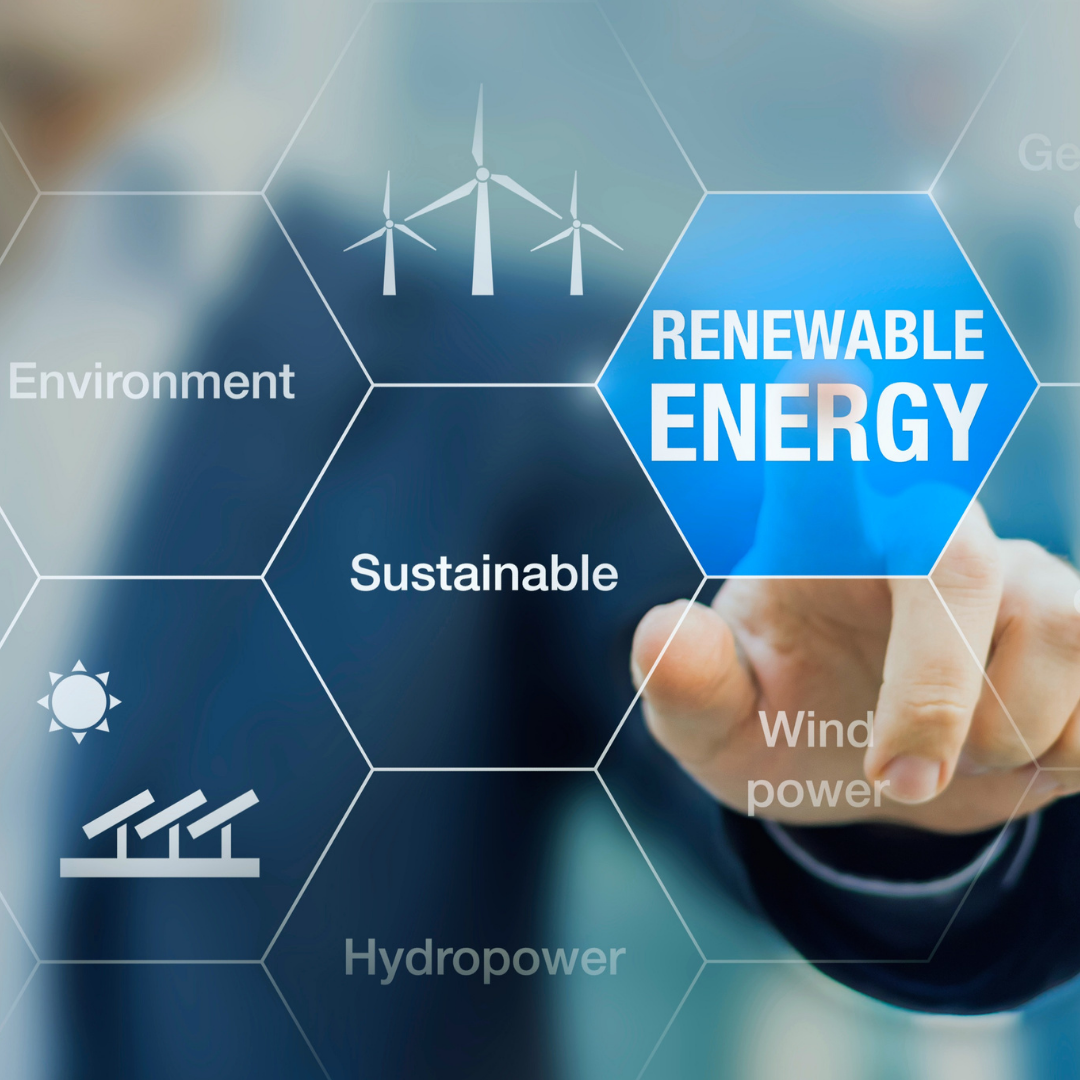All you need to know about renewable energy and how to make an impact with it
Renewable energy is flourishing, and with time and technological advancement, its cost is going down because the world is moving towards a future with clean energy. Today approximately 18% of the energy consumed comes from renewable energy resources. It seems that it is breaking records and becoming quite a reliable source.
This means that renewable energy sources are now quickly replacing the usage of dirty fossil fuels. Somehow, this is benefiting the atmosphere around us with its lower emissions of carbon and low pollution that has been nothing but harmful for the surroundings.
Are you planning to take the next step towards a cleaner future? Here’s what you should know about renewable energy sources, their different types, and how we can incorporate these emerging advancements into your daily lives and homes.
All About Renewable Energy Sources:
What is Renewable Energy?
Renewable energy, also popularly known as clean energy, comes from all the natural resources around us. Not only naturally but from processes that are constantly replenished around us. For instance, the sun always keeps shining, and winds keep on blowing. They may be available at different times, and weather conditions may be alternating, but they are constant throughout.
It’s also associated with green energy, which is recyclable and comes from natural resources. But in conclusion, all of these are safer and cause no harm to the surroundings.
People assume that this energy method is relatively new. Still, they don’t know that renewable energy and renewable energy sources have been here long. Many people have been using these to harness the power of nature and incorporate them into daily lives—for instance, heating, lighting, and even transportation. Over time, the wind has been used as a power source for boats to sail the sea and oceans. The sun has been a source of warmth for various kindle fires that can last into the evening. Eventually, people have switched to dirtier means over the past few decades, which have done nothing but harm our surroundings.
But with the knowledge and passage of time, the world is going back to cleaner ways to generate energy. Incorporating renewable sources is a way to capture and harness energy from a less harmful option and less expensive way. Retaining wind and solar energy are two popular renewable energy sources used by approximately 1/8th of the US.
The growth and development of renewable energy sources are at a larger scale today. It can be seen on various rooftops where people have installed solar panels to power their homes, even in rural areas where the electricity costs have been generally high. People have opted for renewable energy sources by using solar panels or wind farms for heating and lighting. So as the system becomes better, the critical goal is to lessen the use of dirty fossil fuels and incorporate these ingenious methods of energy to make the future more secure, innovative, and better.
Types of Renewable Energy Sources
Renewable energy sources are alternatives to traditional sources of energy. These energy sources are a much better option and tend to be less harmful to the surroundings. They are of different types that include:
1. Solar Energy
2. Hydroelectric Energy
3. Wind Energy
4. Geothermal Energy
5. Biomass Energy
6. Tidal and Wave Energy
Solar Energy
People use the sun for quite a few purposes. It’s been used to harness solar energy for multiple purposes. To stay warm, to grow crops, and even to dry foods. But today, solar energy is utilized for quite a few purposes, such as heating homes, powering homes, and warming water.
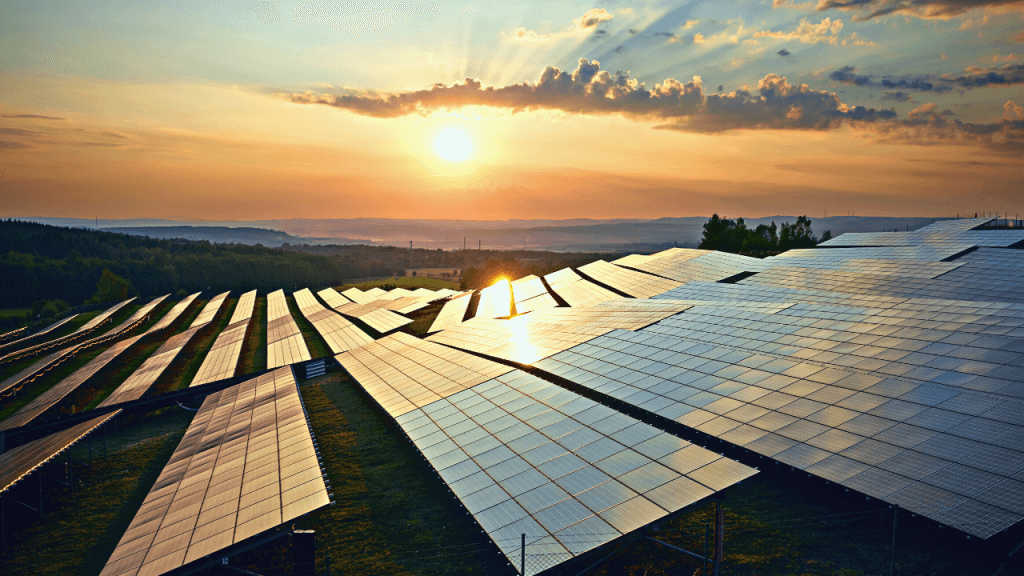
These efficient systems distribute electricity to households and even businesses. It’s done by setting up a solar panel for a neighborhood or a business on their rooftop. Even solar farms help generate power for multiple houses too.
Did you know that solar energy does not produce greenhouse gases? That’s right; they do not promote polluting the atmosphere by creating any air pollutants too. How environmentally friendly is that?
Different Types of Solar Energy
Solar Energy falls into five different categories that include
1. Photovoltaic System:
PV Systems are a commonly used method to generate solar energy. Solar cells produce electricity from the sunlight they get directly from the sun. These panels have 60 cells and can easily be adjusted at an angle that faces south, or they can mount it on a tracking device that tracks the sun’s rays and changes direction accordingly to grab the highest amount of sunlight over the day.
2. Thin Film Solar Cells
Thin Film Solar PV technology has enabled solar cells to get doubled in the form of rooftop shingles, building different facades, tiles on the roof, and even glazing skylights to absorb the maximum amount of sunlight.
3. Solar Water Heating System:
This energy involves warming water using the sun’s heat, an idea taken from nature where the sun quickly warms shallow waters. These are set on the roof from where different tubes carry the fluid and heat the water before it reaches the tap. How convenient and utilizing this system is!
4. Solar Power Plants:
These types of power plans are generally used to generate power for hundred thousand homes or more. Instead of fossil fuels, we can incorporate solar power for heating and boiling water, which further helps rotate turbines and activates the electricity-producing generator to power industries. This saves the cost of electricity and is pretty convenient for the atmosphere too. Save up on fossils and set up a solar power plant!
5. Passive Solar Heating:
Solar Energy can easily be harnessed from passive solar heating. This concept isn’t new, but people used it in ancient times. By using this system, we can incorporate sunlit flooring and walls that absorb the heat of the sun and release the heat during the night to keep houses and buildings warm. This can be ideal for places where it is cold and snowy during the winters and can help cut down heating costs and disasters.
Hydroelectric Power
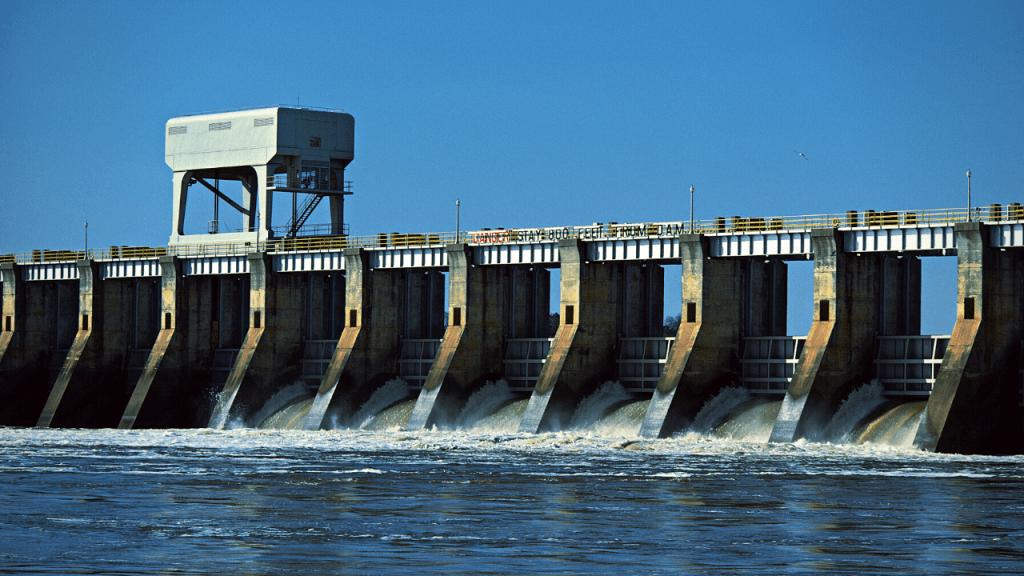
All over the United States, hydroelectric power is considered the largest renewable energy source for electricity. Hydroelectric power relies on water entirely. It converts the force of fast-moving water from higher points to lower points, and the spinning of generator turbine blades does that.
Hydroelectric plants that are installed and under the capacity of 40 megawatts are ideal and environmentally friendly. They divert a fraction of water for hydropower generation, saving more water for animals and humans relying on those water bodies.
Wind Energy:

From windmills to turbines that are as tall as skyscrapers, we have come a long way. Wind energy is an efficient way through which the blades of these turbines feed energy into an electrical generator that further aids in the processing and production of electricity.
Wind Energy is considered one of the cheapest ways of acquiring energy and is utilized in quite a few places all over the globe, such as in different states of the United States, including California, Texas. It is also used by China, Germany, and the United Kingdom. Places ideal for wind turbines are anywhere with high wind speeds; it could be hilltops and open plains or areas offshore in the open water.
Geothermal Energy
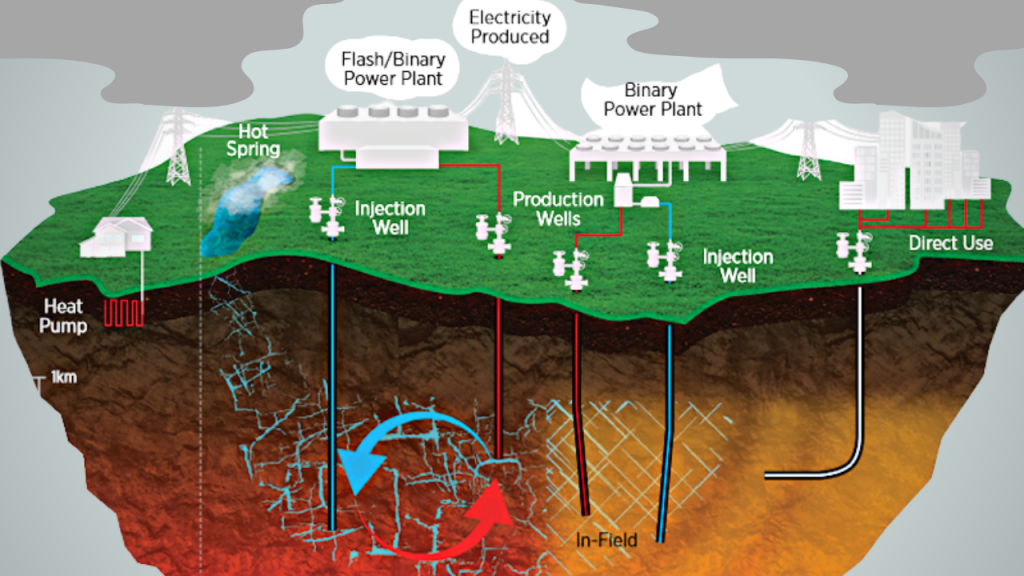
Have you ever relaxed in a hot spring? Well, that’s news because you have utilized geothermal energy? It may have been a calming experience but know that there is more to it than just relaxation. We are all aware that the Earth’s core is similar to the sun’s surface in terms of heat. So, when we dig deeper wells, it brings out boiling underground water towards the surface as a hydrothermal source. This water is then pumped to various turbines nearby to create electricity.
Did you know that comparatively, the emissions of a geothermal plant are pretty low if the water and the steam that is pumped goes back into the reservoir? How convenient! Be sure to dig up areas that aren’t too hot but hot enough to function the turbine.
Biomass Energy

Biomass energy is obtained from biomass which is the organic material that comes from both animals and plants. When this biomass is burned, the energy released in heat is again utilized to generate electricity from a steam turbine.
This renewable energy source can be used in farms and areas with many animals because then it will be cheaper to maintain and pretty easy to power the nearby locations.
Tidal and Wave Energy
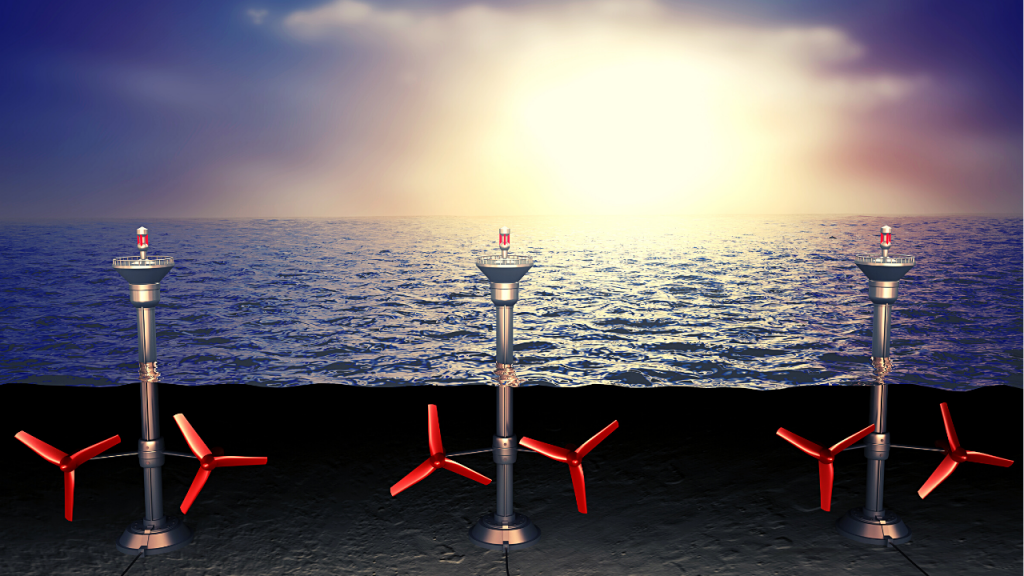
This energy that is obtained from the ocean is still in its development phase. The gravity of the moon rules the sea, and that makes this energy a pretty attractive option. Tidal and wave power primarily rely on structures similar to dams. Anchored devices on the surface of the ocean are used to generate this energy.
Benefits of Renewable Energy Sources
Knowing how they benefit the surroundings is essential to know about the different types of renewable energy resources. Keep reading to find out how each renewable source of energy can prove to be advantageous.
Benefits of Solar Energy:
- The most significant benefit of solar energy is that sunlight is endless. That makes it pretty functional, meaning ample solar energy supply is another way to make fossil fuels obsolete; that’s right, no fossil fuel usage can be made real if solar energy became a permanent source.
- It can help improve public health as there are no emissions.
- The environment can be improved because everything is natural; what else do you need for a clean, safe Earth?
- Solar Energy can be used to lower down the sky-touching energy costs and hence in the long run, be a reason your bills become low.
- Quite a few incentives are provided by the federal, local, and state governments. If people decide to invest in solar energy, deduction of tax is a prominent incentive.
Benefits of Wind Energy:
- This energy is a clean source of renewable energy which means no air pollution is caused by it.
- It does not produce any carbon dioxide or releases a harmful product that can result in environmental degradation.
- Wind Energy does not affect humans as different gases do, such as smog or acid rain.
- Are you planning to invest in Wind Energy? Go ahead because this can be an open gate away and positively affect the job market. Clean as well as helpful for the people? What more do you want!
Benefits of Hydroelectric Energy:
- In comparison with others, hydroelectric is quite versatile, meaning you can produce this energy using more giant dams such as the Hoover Dam and smaller projects like small dams in rivers.
- It keeps the environment pollution-free, making it a much more environmentally-friendly option to produce energy.
Benefits of Geothermal Energy:
- Geothermal Energy isn’t as commonly used but has a lot of potential for the supply of energy.
- It leaves little to no footprint on land as it can be conveniently built underground.
- Since geothermal energy is plenished naturally, that means it does not have any risk of getting exhausted.
Benefits of Tidal and Wave Energy:
- Tidal and Wave Energy are pretty predictable, and the amount of energy can be estimated too, which is a plus point.
- This energy is in great form and can be used for cities that are near the ocean too.
- It’s considered an excellent source as 1 TWh/yr of energy can power approximately 93,000 houses annually, which is double the number of homes currently present in the United States; how amazing is that!
Benefits of Biomass:
- The usage of biomass creates carbon dioxide, which is put into the air. Did you know that the same amount of carbon dioxide is then consumed by regenerated plants? Hence, balancing the atmosphere around us.
- Biomass can be utilized in quite a few ways in our daily lives, such as growing plants, water heating, and even space heating.
- It’s an always available source hence making it cheap and easy to make use of.
- Biomass can be used to diminish the overreliance on fossil fuels that are damaging the environment and are pretty expensive. So switch to safer and easy-on-the-pocket alternatives by making use of Biomass.
The Future of Renewable Energy Source: What does it look like?
According to The International Energy Agency, the expansion of renewable energy sources led by solar energy is set to expand approximately 50% in 2019-2024, which will be a huge change the world should prepare itself to see.
IEA has confirmed numerous energy-saving sources like solar energy plants, hydroelectric plants, and wind energy plants. These are being rolled out and set up in these years, helping us conclude that the future is for sure going to be based on renewable energy.
They say that approximately 600 Gigawatts of solar energy will increase globally, which is even double the amount produced in Japan.
Experts in the industry believe that the United States will also double its installation rate by four million until 2023, so expect changes in your surroundings and even in electricity costs. Solar Energy has a pretty bright future compared to other renewable energy sources, mainly because it offers more freedom in setting up. Compared to the wind and the water, the sun isn’t variable. It can be utilized all over the US, meaning it isn’t area-specific. In the upcoming years, solar energy will become more advanced hence providing consistent power for longer durations. How convenient!
That means even with low sunlight, residential and commercial buildings will still be getting the energy they need to power their households and businesses. Please keep it coming!
Solar Energy and the adaptation of wind energy onshore and offshore are expected to increase up to 57%, which is a vast number. This will be a chance for people worldwide and even in the United States to use the excessive winds in different areas and power their businesses and houses. So all those areas receiving power for a higher rate, the wind is your new best friend!
Followed by hydroelectric energy, geothermal energy is also vital and can be utilized fully. It is believed that the market will reach $2 billion to ensure efficient means of producing heat, meaning a solution to all the heating problems. This indicates that the usage of fossil fuels will automatically reduce, meaning no consumption of them hence a healthy environment. Did you know that over the United States, building codes will be encouraged to change to renewable heating and electricity systems in both commercial and residential areas? Yes, yes, yes!
As far as it goes, we will be bidding fossil fuels goodbye in the years to come. So it’s safe to say now that the future looks pretty promising in Renewable Energy Sources.
Takeaway
Like our generation that has always looked back at the transformation of the century’s old fossil fuels to produce energy, the upcoming generation will adapt to new renewable energy sources.
The future is predicted to be renewable energy-dependent, where every need for power will be fulfilled through natural resources. Hence, leading to a better and less wasteful environment. So sit back and relax as human technology advances and different techniques are introduced. Experts unanimously agree that the world will be renewable energy reliable within the next 20 years.
This is essential given that the past traditional usage has threatened the climate and ruined the atmosphere. So expect a cleaner and brighter forecast!

